Vienna is the city of elegance, and it is the heart of the former Holy Roman and Austrian empires. It is thereby the center of the fantastic history of the Habsburg dynasty and the capital of classical music, with all the magnificent buildings, the emperors and state have built during the last many centuries.
Nearly everywhere, there are historic buildings and great art that the Habsburg emperors have been at the forefront of. Enormous sums of money were invested in beauty and in the classic culture, which for many is the epitome of Baroque Vienna in particular.
Hofburg formed the center of power in the Habsburg Empire, and the castle and the many beautiful buildings in the castle complex are among Vienna’s absolute top attractions. This is also where you find the Spanish Riding School and the famous Treasury.
It is certainly not without reason that composers such as Beethoven and Mozart were inspired by the beautiful capital. Vienna cafes, museums, streets, squares and much more as the famous Ferris wheel in the Prater Park are some of the experiences in the Austrian capital. A piece of Sachertorte at Hotel Sacher is also a good choice of a genuine Viennese experience.
If you want to see what is around the city center, make a trip to the imperial palace of Schönbrunn, which is close by. The lavish palace and castle park is a great place to visit. It is also not far to the Danube and to exciting places such as the excavations of ancient Roman settlements and the capital of Slovakia, Bratislava.
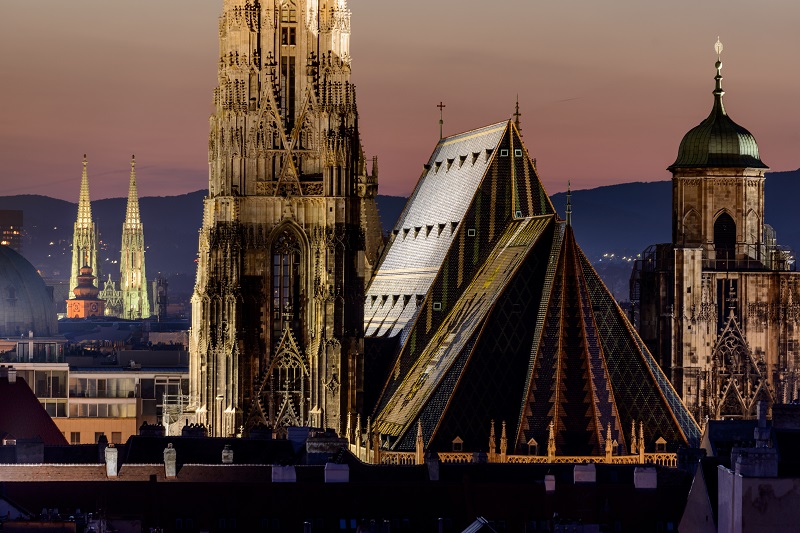
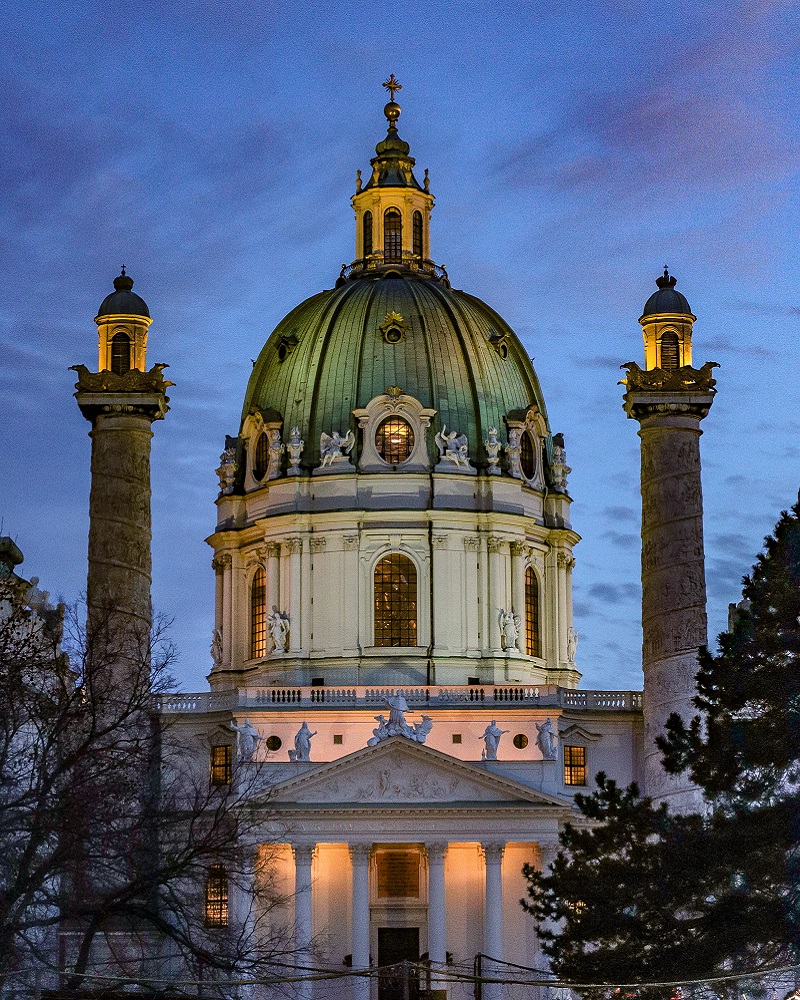
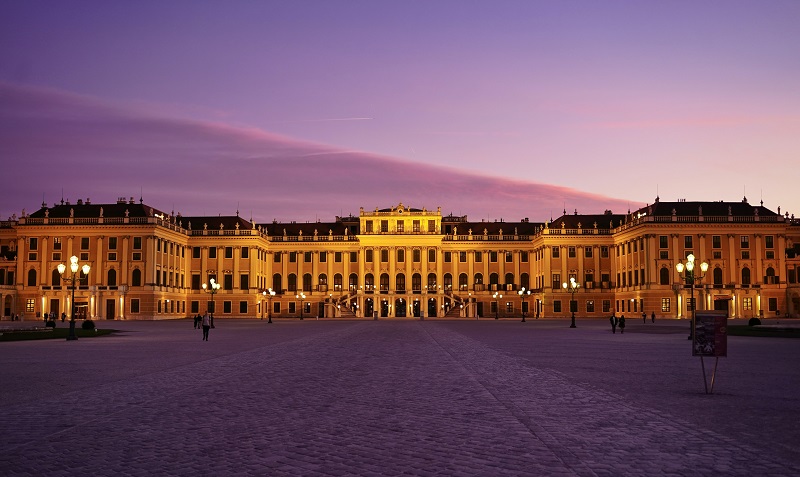
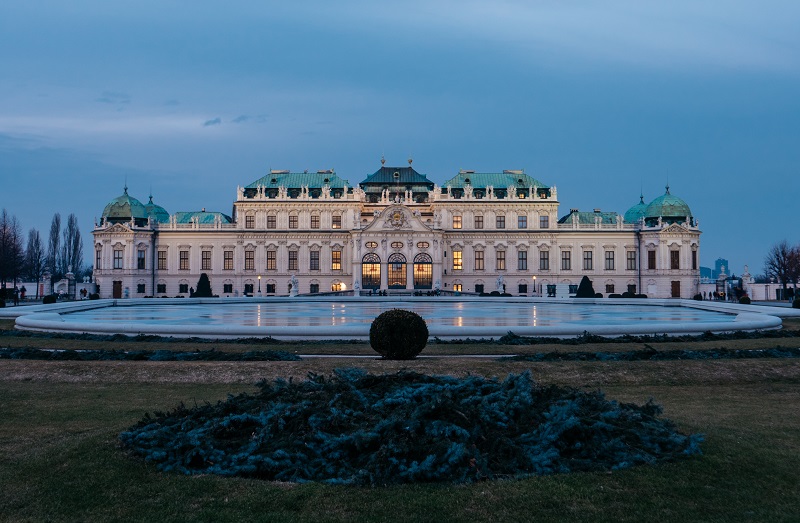
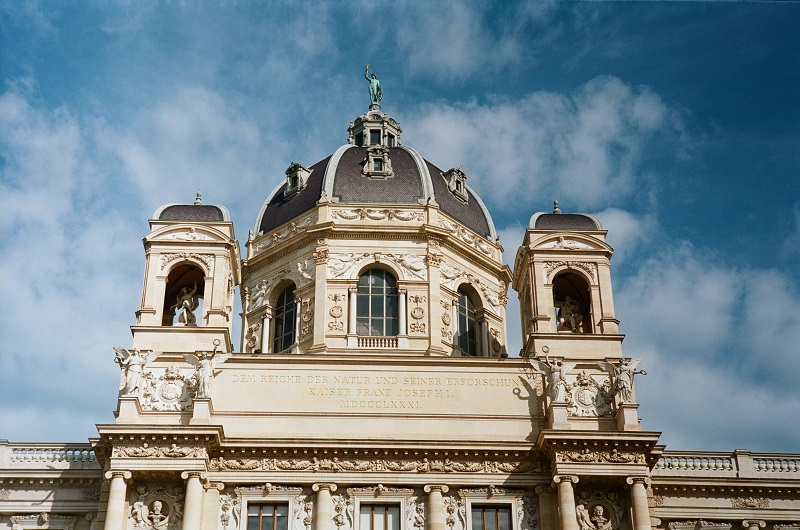
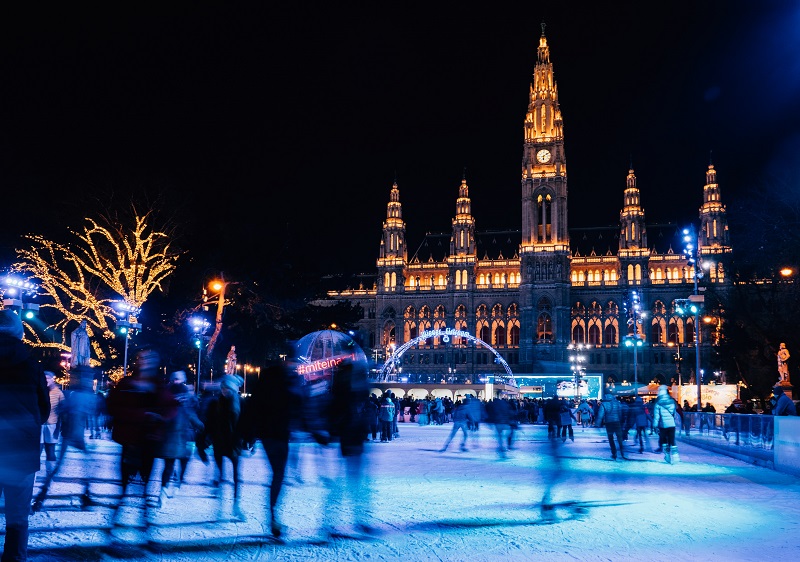
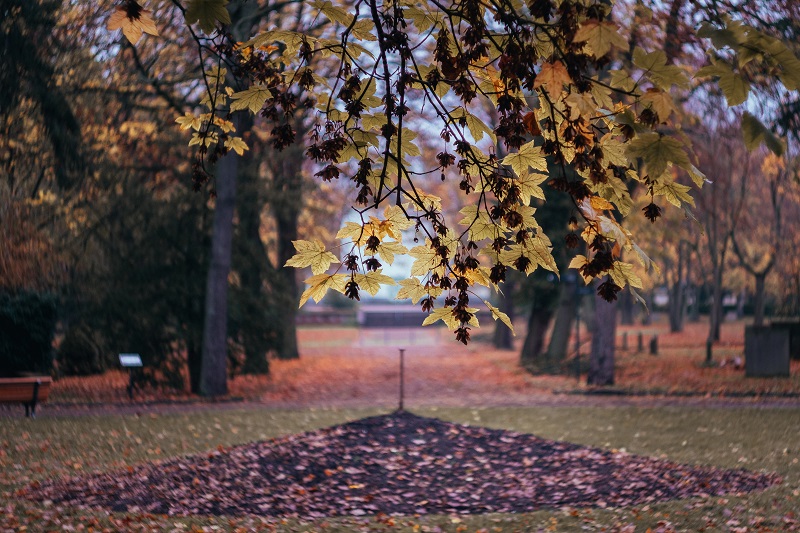
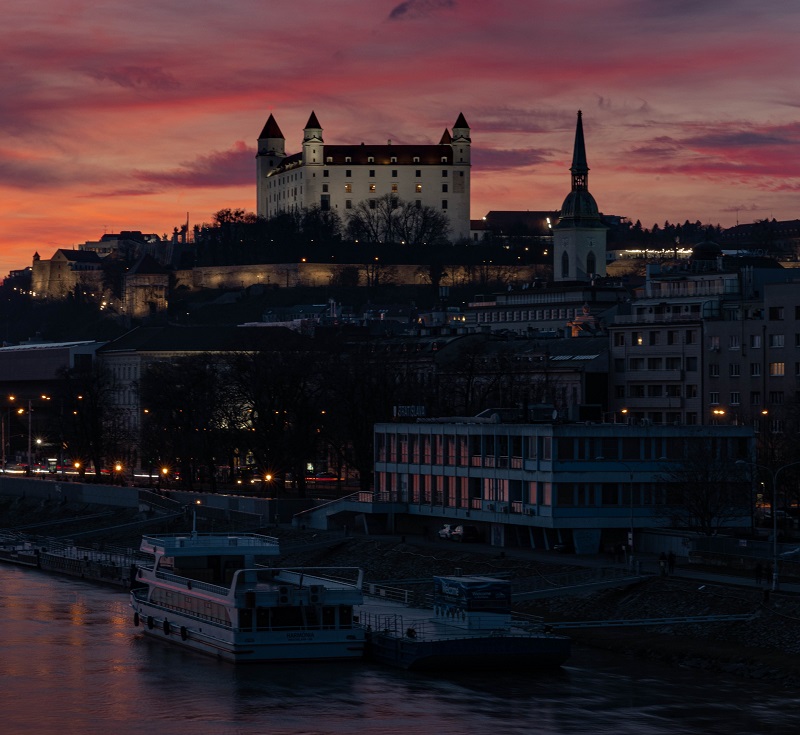
Settlements in the area
In the 400s BC established Celtic tribes settlement in the Danube valley around present-day Vienna – they built an early castle. In year 9, the Romans founded the military camp Vindobona in connection with the conquest of the Austrian territory. The Romans brought about 275 vines to Vienna, and it became the start of the region’s large wine production.
Beginning in the 400s, Germanic tribes’ attacks began, which together with the weakening of the Roman Empire led the Romans in 433 to leave Vienna and the province to the females. In the following centuries, there were many battles between different peoples.
Charlemagne’s Ostmark
The Frankish Charlemagne established in 803 a region in the Danube valley named Ostmark, the forerunner of the later Austria. Officially, the name of Austria was first used in 996.
In 1137 Vienna was first mentioned as a city, and it developed rapidly in trade, not least because of its good location on the trade routes between East and West. In 1155, Heinrich II established his residence here, and Vienna came under the rule of the Bavarian Babenberg princes.
The Babenbergs’ reign ended in 1246, when the regent died in the decisive battles and victories in the uprising against the invading Hungarians. It created decades of political void in Vienna.
The Habsburg Empire
In 1273, the Habsburg Rudolf placed the Austrian territories, including Vienna, under the German-Roman Empire, which, like the Habsburg Empire, was to remain in power until the 20th century. In the 1300s and 1400s, Vienna underwent a cultural, political and religious development. The city’s university was founded in 1365, and in 1438 Vienna became the residence city of the kingdom. In 1469 the town became bishopric.
These were also the years when the energetic Habsburgs expanded their empire with the inclusion of Tyrol and Carniola in the Northern Balkans, among others. The empire was expanded to include the Netherlands, Burgundy and Spain. Its size eventually required a new form of leadership, and in 1521 the kingdom’s leadership was divided between the brothers Ferdinand and Charles.
The 1500-1600s
1521 were also the years of the Reformation in Vienna. Four years later, a fire ravaged large parts of the city that had to be rebuilt. In 1529 the Turks besieged the city and destroyed the outer areas. The Turks were knocked back, but Vienna was threatened and the fortresses were expanded.
In 1551, Vienna, with the help of the Jesuits, underwent a return to Catholicism. During the 30-year war, Vienna was besieged by the Swedish army, but the Swedes left the area again. Financially, the war was of great importance to Vienna, which stagnated over the years.
In 1679, the plague hit Vienna and 80,000 inhabitants perished. Only four years later, the Turks again attacked the city, this time with a colossal army in relation to Vienna’s defense. With the help of German and Polish armies, the powerful Turks were overcome and Vienna flourished again. Construction almost exploded, and it was the start of the Baroque period.
Maria Theresia and Napoleon
Vienna underwent a golden era with Maria Theresia as Empress and subsequently Joseph II. Reforms in favor of the citizens were introduced, Schönbrunn was listed as Vienna’s response to Versailles, and the music thrived with well-known inhabitants such as Mozart, Haydn, Beethoven and Schubert.
Napoleon occupied Vienna in 1805-1809, and it hit hard on the Habsburgs, who among other things had to give the German crown. The economy of the Habsburgs and Vienna was strained, and the Vienna Congress in 1814-1815 only started the development.
It became a revolution in 1848, when the emperor was replaced by 18-year-old Franz Josef I. Under his rule, Ringgaden was built with its splendid buildings in Vienna, and in 1867 the kingdom of the Habsburgs was changed to the double monarchy of Austria-Hungary. Vienna’s cultural life flourished and the creative environment attracted many artists.
The Empire, 1900s and today
Emperor Franz Josef died in 1916, and in 1918 the Habsburg Empire was dissolved. In 1922, Vienna became a state in the new Austrian republic.
Vienna’s status as a capital temporarily erected in 1938, when Austria became part of Adolf Hitler’s Germany. Since then, the country was part of World War II, and as a result of the war, much of Vienna was destroyed in the years 1944-1945. After the end of World War II, both the city of Vienna and the country of Austria were divided into 4 zones.
It took until 1955 before the entire Republic of Austria was established and a great economic development took place. One of the examples of Vienna’s positive development came when Vienna was elected in 1979 as one of the three UN administration cities.
In 1995, Austria and thus Vienna became part of the European Union and today it emerges as a modern capital with its many traditions and buildings, which are impressive reminiscent of the kingdom of the Habsburgs. Several major international events have also taken place over the decades; for example, in 2008 when the final of the European football championships was held in the Austrian capital.
Overview of Vienna
Vienna is the city of elegance, and it is the heart of the former Holy Roman and Austrian empires. It is thereby the center of the fantastic history of the Habsburg dynasty and the capital of classical music, with all the magnificent buildings, the emperors and state have built during the last many centuries.
Nearly everywhere, there are historic buildings and great art that the Habsburg emperors have been at the forefront of. Enormous sums of money were invested in beauty and in the classic culture, which for many is the epitome of Baroque Vienna in particular.
About the upcoming Vienna travel guide
About the travel guide
The Vienna travel guide gives you an overview of the sights and activities of the Austrian city. Read about top sights and other sights, and get a tour guide with tour suggestions and detailed descriptions of all the city’s most important churches, monuments, mansions, museums, etc.
Vienna is waiting for you, and at vamados.com you can also find cheap flights and great deals on hotels for your trip. You just select your travel dates and then you get flight and accommodation suggestions in and around the city.
Read more about Vienna and Austria
Buy the travel guide
Click the “Add to Cart” button to purchase the travel guide. After that you will come to the payment, where you enter the purchase and payment information. Upon payment of the travel guide, you will immediately receive a receipt with a link to download your purchase. You can download the travel guide immediately or use the download link in the email later.
Use the travel guide
When you buy the travel guide to Vienna you get the book online so you can have it on your phone, tablet or computer – and of course you can choose to print it. Use the maps and tour suggestions and you will have a good and content-rich journey.
Hofburg • Sachertorte • Schönbrunn • Music • Wiener Riesenrad
Overview of Vienna
Vienna is the city of elegance, and it is the heart of the former Holy Roman and Austrian empires. It is thereby the center of the fantastic history of the Habsburg dynasty and the capital of classical music, with all the magnificent buildings, the emperors and state have built during the last many centuries.
Nearly everywhere, there are historic buildings and great art that the Habsburg emperors have been at the forefront of. Enormous sums of money were invested in beauty and in the classic culture, which for many is the epitome of Baroque Vienna in particular.
About the upcoming Vienna travel guide
About the travel guide
The Vienna travel guide gives you an overview of the sights and activities of the Austrian city. Read about top sights and other sights, and get a tour guide with tour suggestions and detailed descriptions of all the city’s most important churches, monuments, mansions, museums, etc.
Vienna is waiting for you, and at vamados.com you can also find cheap flights and great deals on hotels for your trip. You just select your travel dates and then you get flight and accommodation suggestions in and around the city.
Read more about Vienna and Austria
Buy the travel guide
Click the “Add to Cart” button to purchase the travel guide. After that you will come to the payment, where you enter the purchase and payment information. Upon payment of the travel guide, you will immediately receive a receipt with a link to download your purchase. You can download the travel guide immediately or use the download link in the email later.
Use the travel guide
When you buy the travel guide to Vienna you get the book online so you can have it on your phone, tablet or computer – and of course you can choose to print it. Use the maps and tour suggestions and you will have a good and content-rich journey.



Similar to Vienna Travel Guide
There are no listings matching your search.
Reset